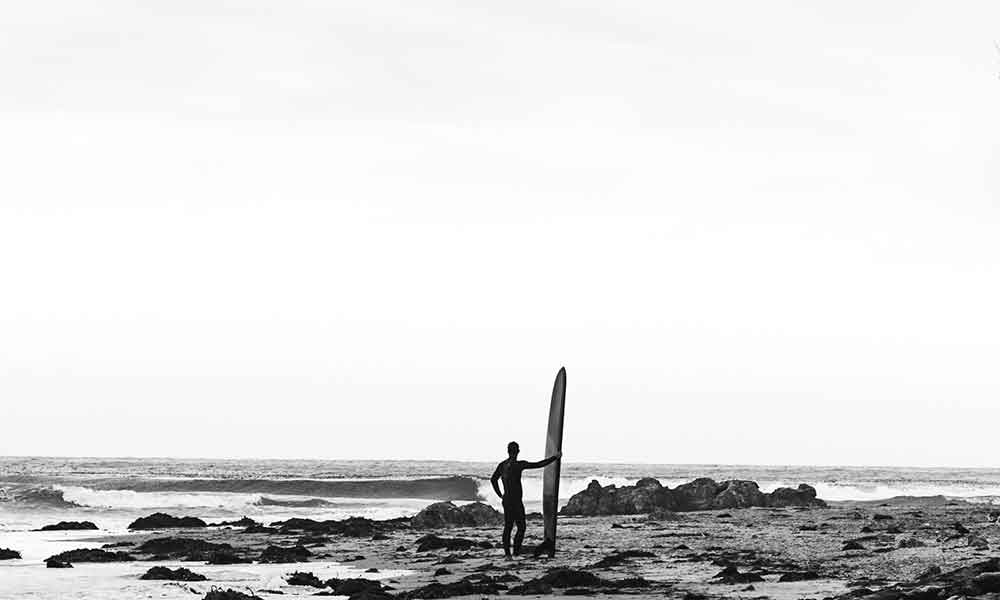Surfer’s knot (AKA “surfer’s knobs”) is a skin condition that causes lumps in the feet, legs, and chest of surfers. It is a benign condition, but it’s one that initially causes a great deal of concern, with many sufferers assuming that the lumps are caused by malignant tumors.
What’s is a Surfer’s Knot?
A surfer’s knot is most likely to appear below the knee (“surfer’s knee”), on the toes, or on the top of the feet. They are caused by an overgrowth of connective tissue that’s triggered by constant pressure.
Although this cutaneous condition is more common in surfers, it’s also seen in other athletes, including football players and boxers.
A surfer’s knot can be very painful, and it can make surfing difficult. Depending on its location, it may also impact the surfer away from the waves.
The good news is that this condition is entirely reversible, and it will go away eventually. The bad news is that you may have to give up surfing for a while.
How Does a Surfer’s Knot Develop?
Surfer’s knots are caused by repetitive low-grade trauma, such as remaining in a kneeling position for long periods.
They occur more frequently on the knees and the feet because of the position that surfers assume when they are waiting for the waves.
Surfers tend to kneel on their boards with their feet tucked underneath their backsides. As a result, a lot of pressure is applied just below the knees and to the dorsum of the foot, which is the top part of the foot that digs into the surfboard when riders sit on their feet.
Surfers knots are more likely to develop in beginner surfers. Not only are they prone to adopting problematic positions, but they also tend to drag their back foot over the board. It’s a seemingly innocuous action, but if you do that thousands of times, and add awkward kneeling into the mix, it can lead to a lot of trauma and the development of surfer’s knots.
Although rare, it’s also possible for surfer’s knots to develop on the chest. These occur as a result of paddling, as noted in this case, whereby a 43-year-old man with 20+ years of surfing experience developed knots on his lower chest.
Are Surfer’s Knots Anything to Be Worried About?
To a beginner surfer who has never seen or experienced surfer’s knots before, seeing lumps on the feet, knees, or chest can be a pretty scary experience. But it’s not a sign of cancer, the risk of infection is low, and while these knots are painful, they often disappear when the surfer takes a break.
For a time during the 1960s, surfer’s knots were considered to be a badge of honor. The bigger the knot, the more hardcore the surfer, and as they didn’t lead to any real problems and were quick to heal, no one really paid much attention to them.
But if you’re a dedicated surfer, you want to carve those waves as often as you can, and as surfer’s knots may prevent you from doing that, it’s best to avoid them when you can.
How To Cure a Surfer’s Knot
If you’re surfing a lot, you might get surfer’s knots. They’re generally nothing to worry about, though, and if they are painful and make it difficult to surf, run, or walk, you just need to take a break and wait for the knots to disappear.
It will happen in time.
If you notice any issues, including an infection or severe pain, or if the knots show no signs of healing, you should consult a healthcare professional.
How To Prevent Surfer’s Knots
There are a few things that might reduce your risk of developing surfer’s knots.
The first is to learn proper techniques and avoid dragging your back foot too much over the board. You should also pay attention to your poses when kneeling, making sure you’re not staying in a potentially damaging position for long periods of time.







